Seven schematic trends that define the modern NFL

The NFL represents a constant battle of schemes and concepts between offenses and defenses. The third receiver predicated the 4-3 defense in the 1950s. The AFL’s vertical multi-receiver sets caused the creation of the 53 defense in the 1960s. The West Coast offense forced the advancement of the zone blitz in the 1980s. The 49 defense killed the old two-back pro set.
Throughout pro football history, there have always been those base, tentpole schemes that defined the game, because they worked so well… at least, until somebody came along with the perfect answers to erase them.
In today’s NFL, here are seven concepts that teams, coaches, and players are adhering themselves to more and more — because they work, until they are checkmated by another scheme.
(All advanced metrics courtesy of Pro Football Focus and Sports Info Solutions unless otherwise indicated).
The run-pass option.

The run-pass option in all its iterations has taken over the NFL over the last few years. There were 916 RPO dropbacks that resulted in passes in 2022. In 2019, which is as far back as we can go with reliable metrics, there were 709. In 2019, there were 1,439 running plays based on RPOs. In 2022, there were 2,674. Teams will often base their quick passes off their RPOs, and gain advantages with the defensive hesitations those concepts tend to produce.
In 2022, Jalen Hurts of the Philadelphia Eagles might have been the most prolific purveyor of the RPO — he completed 61 of 84 RPO attempts for 512 yards, 106 air yards, five touchdowns, no interceptions, and a passer rating of 113.6. As the Eagles are adept at adding everything from motion to screen stuff to pulls off their RPO stuff, defenses are constantly in a bind.
Aggressive press coverage.
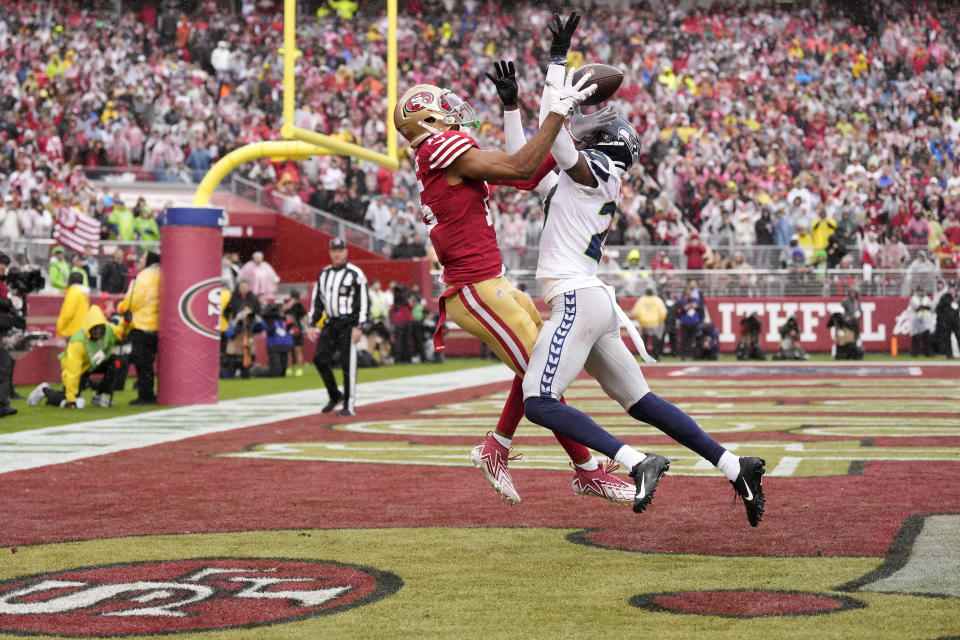
Because there is so much quick game in the NFL today, defenses must counter more often with the idea of aggressive press coverage. Why? Because if the opposing quarterback is taking his zero- to three-stop drops and just point guarding the ball all over the place without any defensive disruption, it’s going to be far too easy for that quarterback to get things done. Press coverage allows defenses to affect the timing and placement of those quick route concepts, and that’s a big part of the whole ballgame these days.
Last season, rookie cornerback Tariq Woolen led the NFL with 306 snaps in press coverage, and he was highly effective in it because of his size and aggressive playing personality. Even when Woolen got out of position in press, his recovery speed allowed him to stay with the play.
This is the prototype player defensive coordinators want (or should want). You can add L’Jarius Sneed of the Kansas City Chiefs, Xavien Howard of the Miami Dolphins, Dane Jackson of the Buffalo Bills, and Jeff Okudah of the Atlanta Falcons when discussing the cornerbacks who played the most in press coverage last season.
Stunting to avoid the blitz.
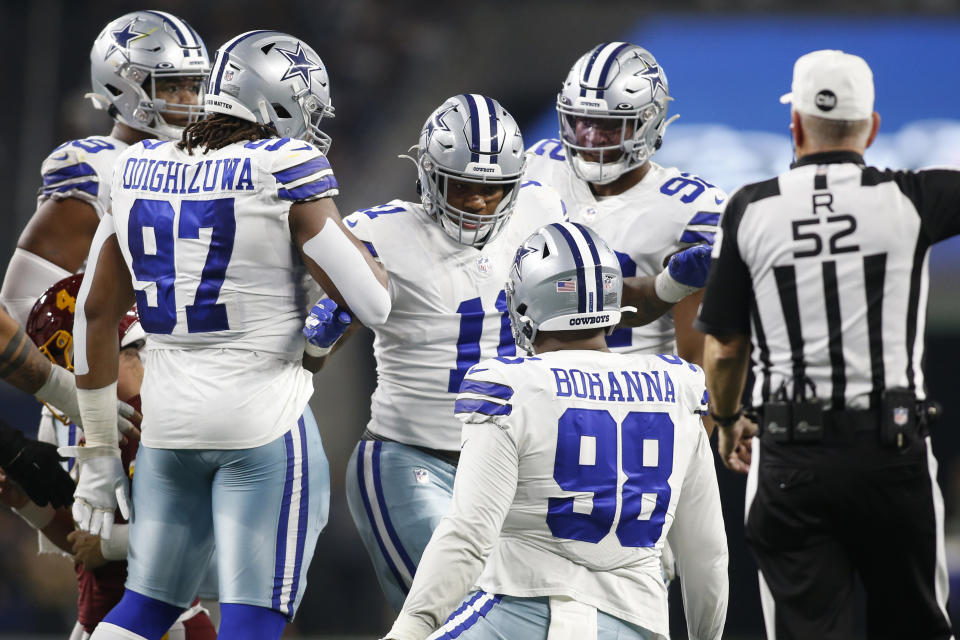
There are quarterbacks like Patrick Mahomes who carve up the blitz to the point where it’s just about impossible to send extra defenders after them without paying for it. A lot. So, the counter of late has been to rush three and drop eight — but if you do that and you don’t have an Aaron Donald or Micah Parsons in your front, you might have trouble pressuring Mr. Quarterback in the timing of the down.
The Dallas Cowboys under defensive coordinator Dan Quinn are one of the NFL’s best stunting teams, as Quinn — who has long been a maniac with his front concepts — is amazing at throwing the proverbial kitchen sink at opposing offenses without bringing extra rushers to the party. Quinn is also expert at messing up offenses with the evil combination of stunts and drops.
The five-man front.

Bear front concepts go back decades, but the general idea is the same — you are testing the opposing offensive line with five-man fronts in which there’s a nose tackle, two ends, and two “endbackers” who are quicker edge defenders. The ends in these fronts force single-team opportunities by occupying the outside shoulders of the offensive guards, while the nose tackle takes the center either head-over or in a shade alignment. We’ve seen a return to more of these fronts in recent years.
You need to separate the five-man front from a four-man front with a blitzing defender, which we have done. In 2022, there were 651 defensive snaps in the NFL in which there were five defensive lineman and no blitz. There were 403 such snaps in 2016. Last season, there were 541 in which the defense wasn’t trying to protect in the red zone. In 2016, there were 241.
The Eagles, Bengals, and Raiders were at the top of the list when it came to these fronts, and the Eagles were particularly devastating with it.
Two-deep coverage.
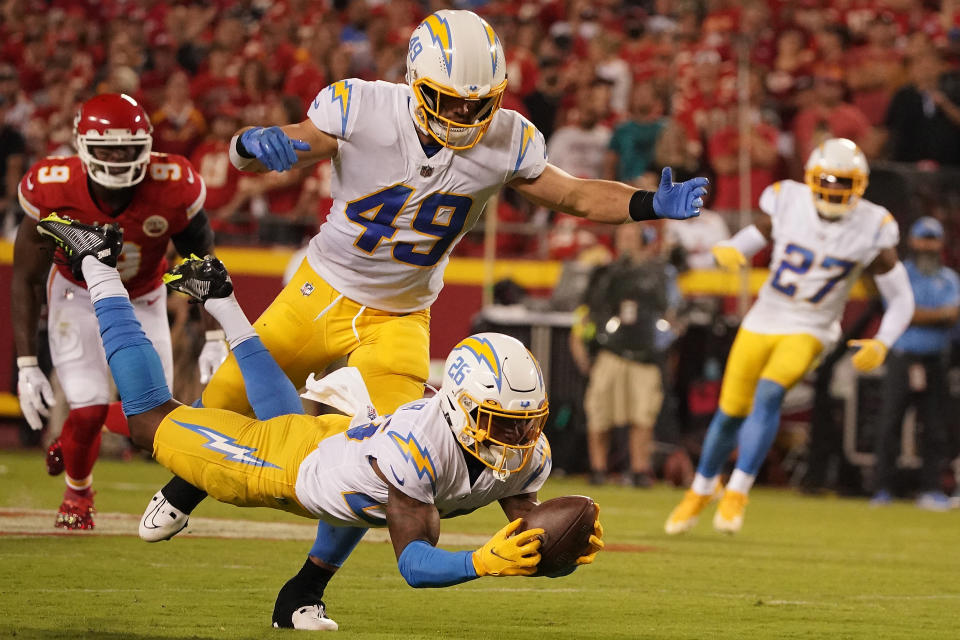
We have moved decisively from the days of the Legion of Boom, and single-high safety coverage as the NFL’s default. In 2016, there were 4,445 passing attempts in which opposing defenses were in Cover-2, 2-Man, Cover-4, or Cover-6. In 2022, there were 6,838 such passing attempts. That’s 32.9% of all passing attempts in 2016, and 36% of all passing attempts in 2022. Defenses would rather allow the underneath stuff than force one safety to go single-hat too much of the time — and when you add different pressure concepts without blitzing, and all that press coverage, you’re starting to draw a pattern of the ideal modern defense.
Quarterbacks were generally far less effective against two-deep coverage in 2022, and no defense put opposing quarterbacks in a vise more often than the one belonging to the San Francisco 49ers, who allowed four touchdown passes and picked off 16 passes when in Cover-2, 2-Man, Cover-4, or Cover-6. Even the great Patrick Mahomes found these coverages to be most unappealing.
Switching your safeties.
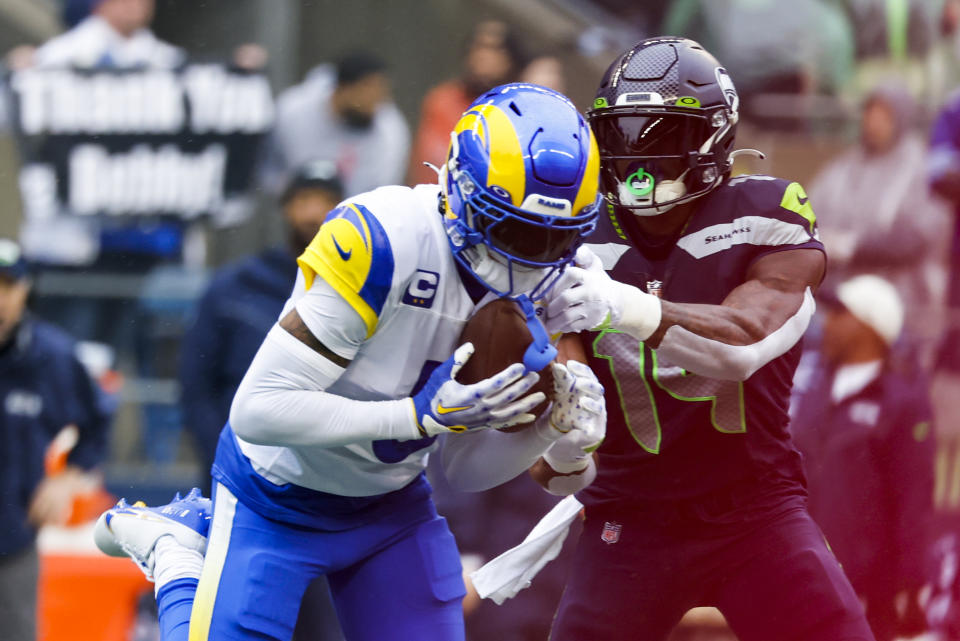
The pre-snap/post-snap battle is being waged with more sleight-of-hand than ever before. One way in which defenses put even the best quarterbacks on edge is to move their safeties into different coverages post-snap than the look would indicate pre-snap. That’s been the case for a long time, but never have we seen so much of it. There were 9,941 plays in 2016 with some kind of safety switch. There were 10,271 such plays in 2022. You can factor in that extra regular-season game there, but the point stands.
Seattle Seahawks quarterback Geno Smith had just two games last season in which he threw two interceptions. One of those games was Seattle’s regular-season finale against the Los Angeles Rams. Jalen Ramsey had both of Smith’s picks on the day, and both plays were predicated on safety switches out of Cover-3.
Pre-snap motion.
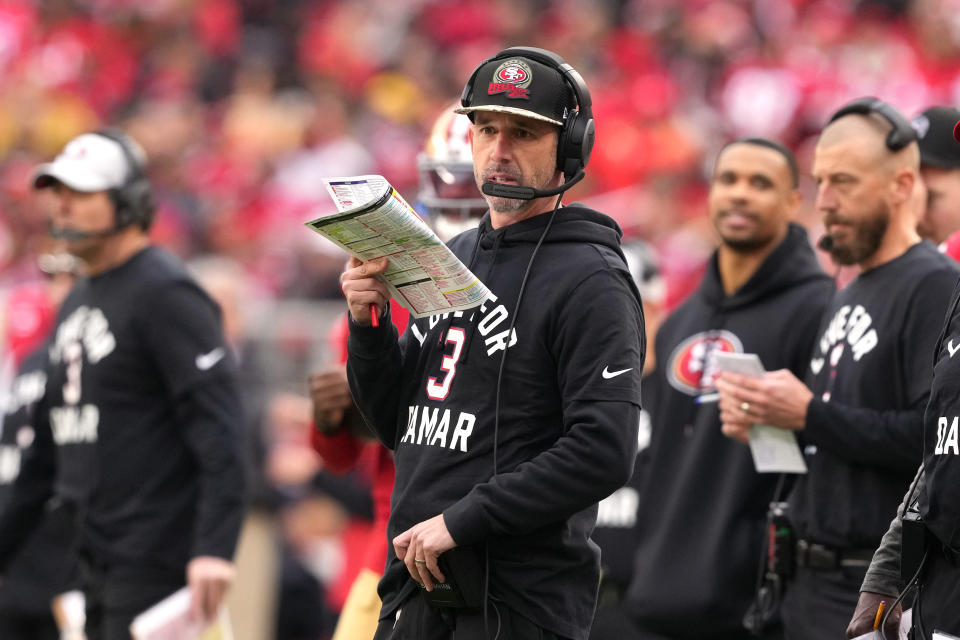
I’ve been a pre-snap motion evangelist for a long time, because anything you can use that not only helps to tell the quarterback what kind of coverage he’s seeing, but also assists in defensive displacement? You might want to use more of it. In 2022, there were 1,073 plays in which crossing pre-snap motion affected the base defensive formation, and the touchdown passes in those situations are instructive. Even the Houston Texans could foil the Super Bowl champion Kansas City Chiefs with such things.
I asked Tony Romo about pre-snap motion a couple years ago, and about how Kyle Shanahan uses it in particular, and his answer was comprehensive and outstanding.
Asked Tony Romo today about pre-snap motion in the context of Kyle Shanahan's offense. His answer was something else. pic.twitter.com/COCn5B78TG
— Doug Farrar ✍ (@NFL_DougFarrar) September 9, 2021
It’s simple, really: Motion usually helps your quarterback, so do more of it!
